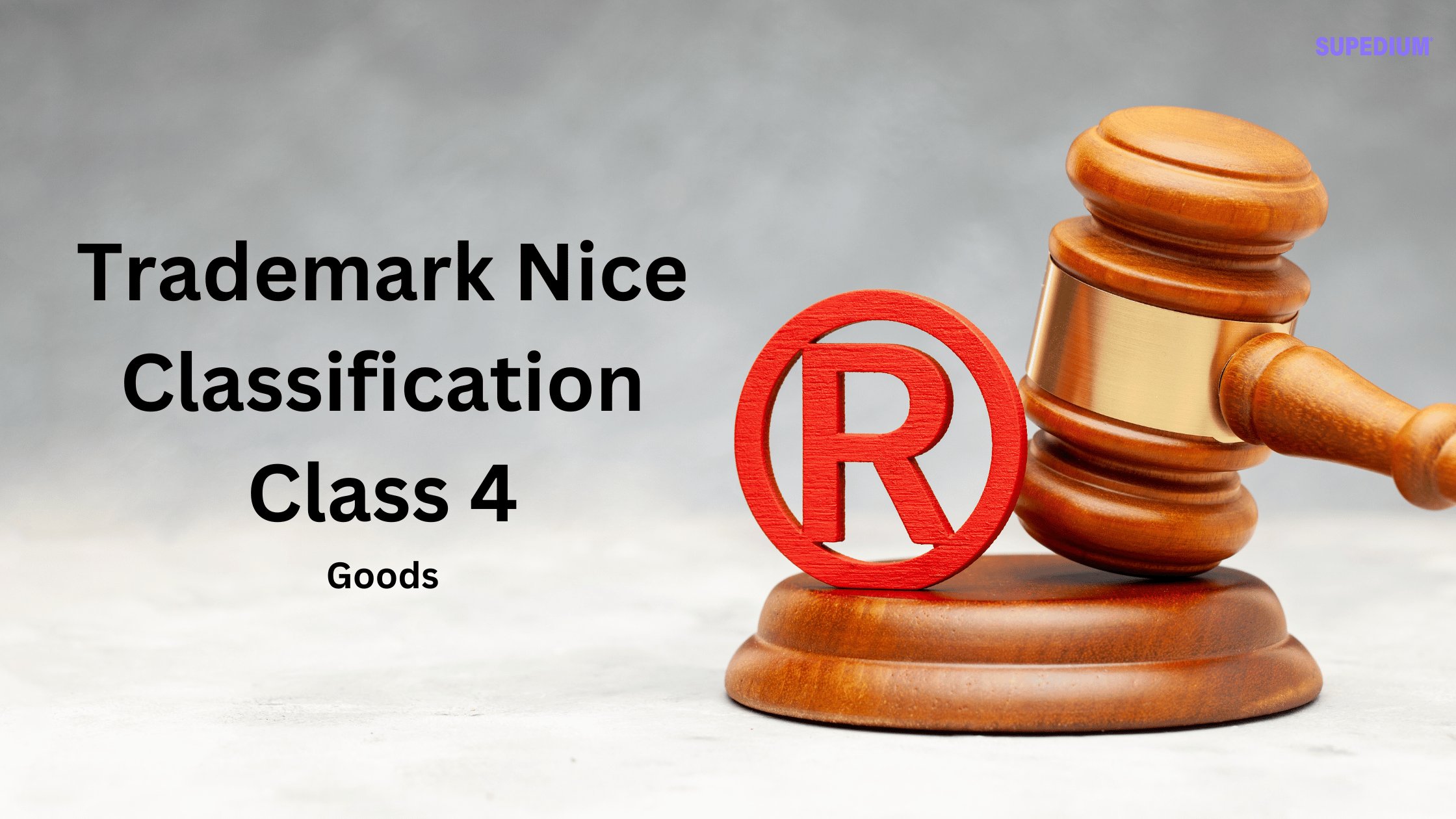Table of Contents
![]()
I. Introduction
The Nice Classification system is an internationally recognized classification of goods and services for the registration of marks. Developed by the Nice Agreement (1957), it streamlines trademark registration processes across different jurisdictions, allowing businesses to better protect their intellectual property. Among its various categories, Class 4 holds significant relevance, particularly in industrial contexts. This article aims to provide a comprehensive understanding of Class 4, detailing its components, exclusions, and practical implications for businesses.
II. Definition and Scope of Class 4
Class 4 primarily encompasses industrial oils and greases, as well as fuels and illuminants. This classification is vital for industries reliant on these products for manufacturing, energy production, and maintenance. Specifically, Class 4 includes:
- Industrial oils for the preservation of masonry or leather
- Raw wax and industrial wax
- Electrical energy
- Motor fuels and biofuels
- Non-chemical additives for fuels
- Wood for use as fuel
Understanding the scope of Class 4 is crucial for businesses engaged in these sectors, as it informs trademark registration and protection strategies.
III. Detailed Breakdown of Class 4 Components
A. Industrial Oils and Greases
Industrial oils and greases play a pivotal role in various industries, including manufacturing, automotive, and construction. These products are essential for lubrication, machinery maintenance, and the preservation of materials. For instance, oils designed for the preservation of masonry help protect structures from environmental damage, while greases ensure the smooth operation of machinery. Proper classification under Class 4 is critical for businesses that manufacture or utilize these oils.
B. Fuels and Illuminants
Class 4 also covers various fuels and illuminants, which are crucial for energy production and daily use. This includes:
- Motor fuels: Used in vehicles and machinery, motor fuels are fundamental to transportation and industrial operations.
- Biofuels: An increasingly popular alternative to traditional fossil fuels, biofuels offer a renewable energy source.
- Illuminants: These include candles and other products designed to provide light, important for both commercial and residential settings.
The inclusion of these items in Class 4 underscores the importance of proper classification for companies involved in energy sectors.
C. Waxes
Waxes, both raw and industrial, are another key component of Class 4. These materials are widely used in manufacturing, crafting, and preservation. Industrial waxes, for instance, find applications in coatings, packaging, and cosmetic products. Understanding the specific types of waxes that fall under Class 4 can help businesses accurately classify their trademarks.
D. Electrical Energy
Electrical energy is a modern necessity, playing a crucial role in industries and everyday life. Its inclusion in Class 4 highlights the diverse applications of this classification, from powering machinery to supporting technological advancements.
IV. Exclusions from Class 4
While Class 4 covers a broad range of products, certain items are explicitly excluded. Recognizing these exclusions is vital for businesses to avoid misclassification:
A. Specific Oils and Greases Not Included
Certain specialized oils and greases do not fall under Class 4. For example:
- Oils for tanning leather (Class 1)
- Anti-rust oils and greases (Class 2)
These exclusions emphasize the importance of identifying the appropriate class for specialized products.
B. Waxes Not Covered Under Class 4
Similarly, some waxes are classified under different categories. For instance:
- Cosmetic and medicinal waxes (Class 3 and Class 5)
- Specialized waxes, such as grafting wax for trees (Class 1) and dental wax (Class 5)
Understanding these distinctions helps prevent potential legal issues regarding trademark registration.
C. Other Excluded Items
Class 4 also excludes specific types of wicks, such as those adapted for oil stoves (Class 11) and for cigarette lighters (Class 34). Awareness of these exclusions can aid businesses in making informed decisions about their trademark applications.
V. Practical Implications for Businesses
Understanding Class 4 is crucial for businesses involved in industries related to oils, greases, fuels, and illuminants. Accurate classification during trademark registration is essential to secure intellectual property rights and prevent legal disputes. Misclassification can lead to rejected applications, costly litigation, and a loss of market exclusivity.
By grasping the nuances of Class 4, businesses can better navigate the trademark registration process and enhance their brand protection strategies. Moreover, companies can leverage this knowledge to identify potential market opportunities and competitive advantages in their respective sectors.
VI. Conclusion
In summary, Class 4 of the Nice Classification system plays a vital role in the protection of trademarks related to industrial oils, greases, fuels, and illuminants. By understanding its components and exclusions, businesses can ensure accurate classification and safeguard their intellectual property. As industries continue to evolve, the relevance of Class 4 will persist, emphasizing the need for companies to stay informed and proactive in their trademark strategies. Proper classification not only protects a brand but also positions businesses for success in an increasingly competitive global market.
Share This





Be the first to comment